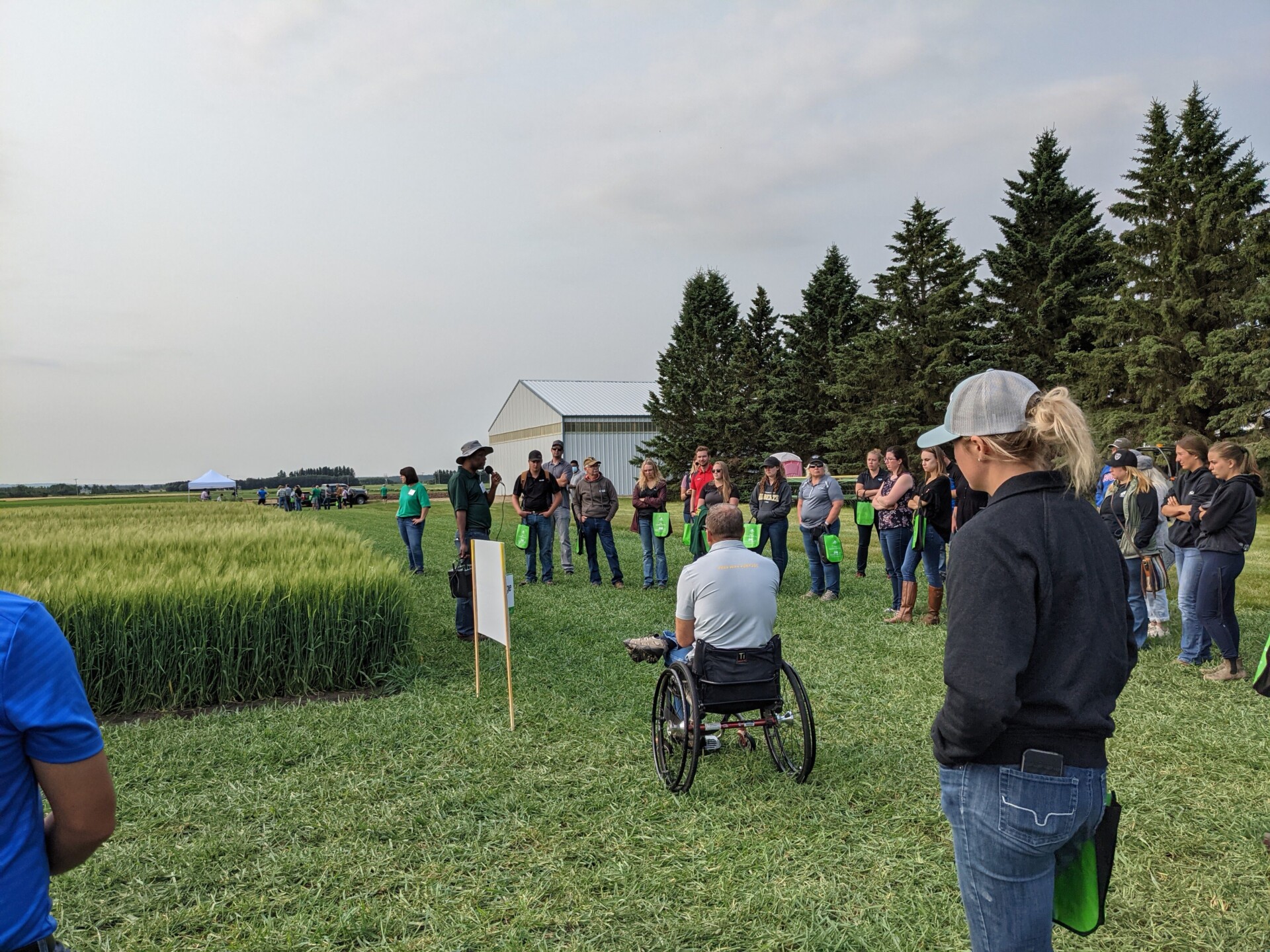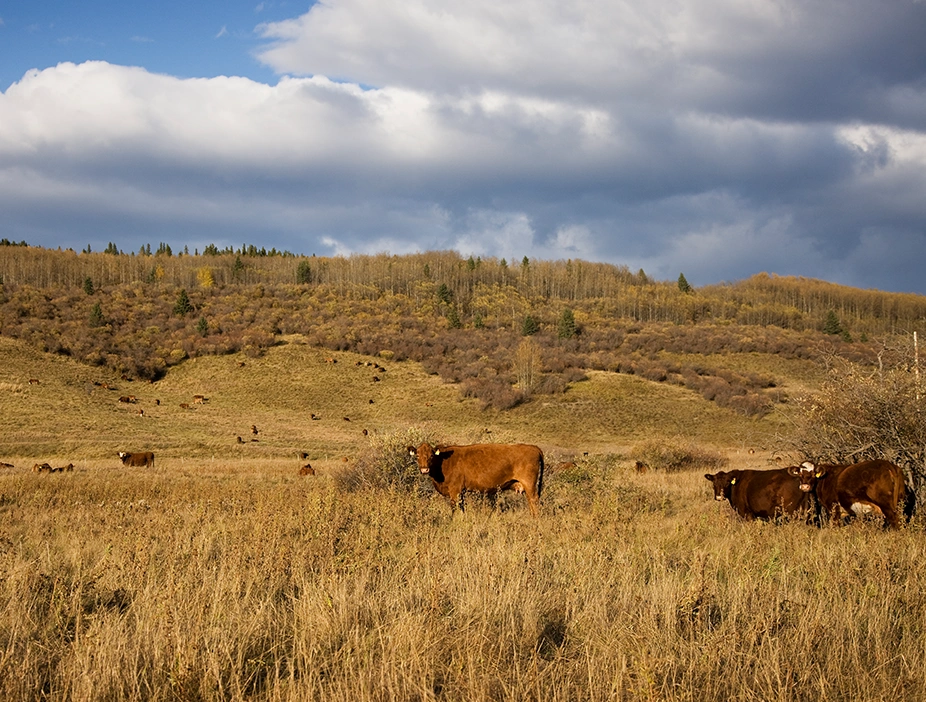Occurrence, characterization and risk factors associated with lameness within Alberta feedlots
From the analysis of health records, lameness was the second most-treated condition at feedlots, following respiratory disease, representing 30.4% of all treated animals/year. The most common lameness diagnosis was foot rot at 72%, followed by joint infection at 19.3%, and lame with no swelling at 5.5%.
Completed: 2016
Testing for antimicrobial resistance in the feedlot
The increasing societal pressure about the use of antimicrobials in agriculture provides an opportunity to improve practices and investigate alternatives, but continued access to effective products is extremely important in managing cattle health and welfare.
Completed: 2015
Does vitamin A affect marbling?
Vitamin A is involved in many biological processes. Cattle cannot manufacture vitamin A themselves, so it must come from the diet. Vitamin A is found at high levels in fresh green forage, and at much lower levels in weathered forage and grain.
Completed: 2015
Understanding dark cutters and B4 beef
Dark-cutting is a youthful (under 30 months) carcass condition that is severely penalized within the Canadian grading system. Carcasses that ‘cut dark’ are assigned a grade of Canada B4 and their value is reduced by up to $0.50/lb, meaning that up to $300 in value can be lost per head if a carcass grades B4.
Completed: 2015
Breeding barley and triticale cultivars for higher feed yields
According to the 2006 Competitiveness Study, corn yields in the U.S. increased from 90 bushels per acre in 1980 to 150 in 2005. In Canada, average barley yields increased from 45 to 55 bu/acre in the same time period.
Completed: 2019
Effect of transport time and temperature on the PCR test for Vibrio
The objectives of this project were to determine the feasibility of pooling samples to decrease testing costs, as well as to determine the impact of delay in transport time and temperature conditions on the sensitivity of the PCR test, or its ability to find infected bulls.
Started: 2013 | Completed: 2013
Studying unusual feedlot mortalities
The beef industry tends to focus on diseases that have the greatest apparent impact on productivity and profitability. For example, since bovine respiratory disease syndrome is a leading cause of death in feedlots, post-mortem examinations of feeder cattle tend to focus on the lungs and airways.
Completed: 2011
Development of forage oat cultivars with improved yield and nutritive value
Oats have been generally selected for grain yield and quality rather than forage yield and quality. These researchers previously discovered oats with low lignin levels in the hull. Because lignin is difficult to digest, developing oats varieties with low lignin levels in the forage raise the digestibility and forage quality of oat greenfeed or silage.
Completed: 2013
Agri-Benchmark via Canfax Research Services
agri benchmark is an international, independent and non‐ profit network which is coordinated by a German research institution. agri benchmark uses a consistent methodology to compare production systems and their economics world‐wide.
Completed: 2013
Showing 37-48 of 77



